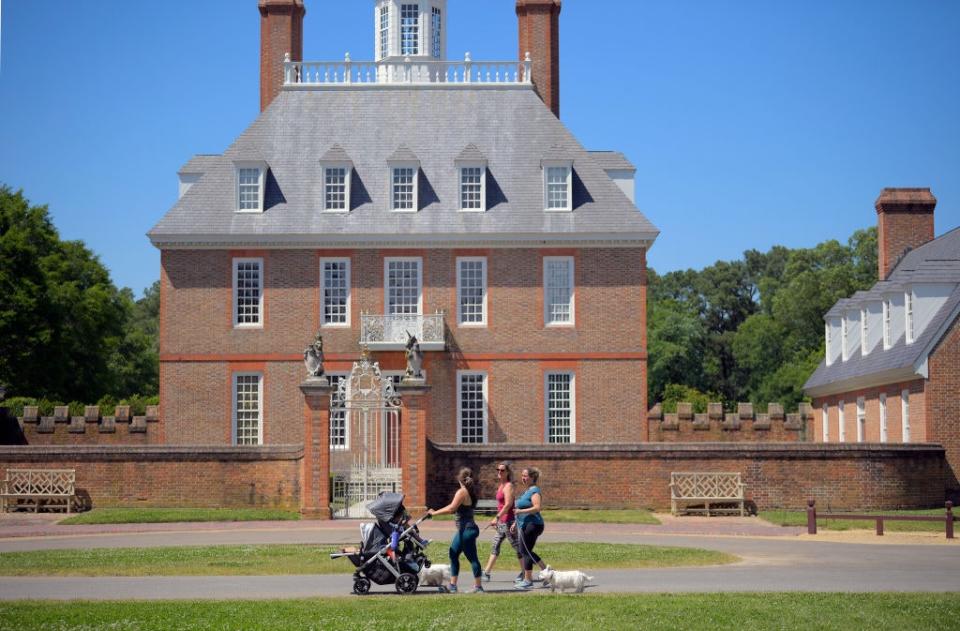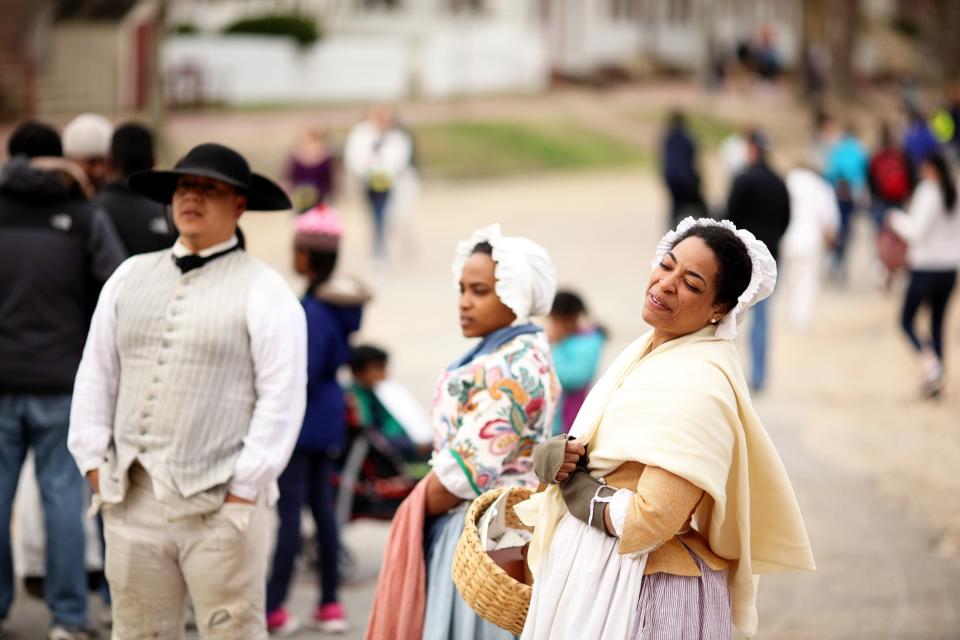Colonial Williamsburg Reopens With a $42 Million Addition—And a Renewed Focus on Historical Accuracy
Few places brim with as much historical meaning as Colonial Williamsburg, the “living” cultural site that explores and celebrates the legacy of America’s early Colonial past. Now that legacy will receive new attention—if not scrutiny—as its museums reopen following their COVID-19 closure and an extensive $42 million renovation.
The 301-acre attraction in Williamsburg, Virginia recreates a vision of life when the town was the capital of Colonial Virginia during the mid-18th century. Since the 1920s Colonial Williamsburg has served as a museum and education site, one of the most popular in the American South.
Now a century after its initial major restoration, the site’s new spaces, reported Artnet News, are nothing if not ambitious. There’s a new 65,000 square foot wing, a larger entrance area, and 25% more gallery space. The latter is key: As both the nation—and its myriad cultural institutions—grapple with America’s conflicted colonial history, the Williamsburg museums are now better positioned to showcase previously overlooked experiences of marginalized Colonial-era peoples.

Virginia business
Indeed, honoring previously overlooked stories is a key anchor of the museums’ expansion—and reopening. One of the first exhibitions to be mounted is “Early American Faces,” which mines the museums’ vast trove of holdings to more accurately reflect the personal and collective stories of “enslaved, free, white, Black, and American Indian” peoples during the Colonial era, says Artnet News.
The move is just one of many at Colonial Williamsburg that reflect America’s current atmosphere of cultural reconsideration. Exhibition labels, for instance, will now clearly and intentionally honor enslaved people—who in some cases created and used the items themselves. The museums will also more accurately convey the experiences of enslaved people in its historic reenactments, along with those of America’s original, Indigenous inhabitants.

Performers In Jamestown, Virginia, USA
The $42 million price tag represents just a small amount of Colonial Williamsburg’s recently completed $600 million capital campaign, reports Archinect, which “includes the addition of a new state-of-the-art archaeology lab, a reconstructed ‘market house,’ and $163.5 million to update programming and research initiatives.”
The moves reflect ambitious thinking on the part of Ronald L. Hurst, the vice president for collections, conservation, and museums and The Carlisle H. Humelsine Chief Curator at the Colonial Williamsburg Foundation. And with a pair of museums, 200 period rooms, and 600 historic buildings at his disposal, Hurst clearly had ample resources to work with. It also reflects a larger, ongoing effort to align Colonial Williamsburg—which used the shut-down period to help feed thousands of local children out of school—with more expansive and inclusive times.
Last year, reported Atlas Obscura, Colonial Williamsburg launched an effort to research and reveal the area’s untold, if not purposely forgotten, 18th century “queer legacies.” A dedicated research committee dug “through court records, historical accounts, and other forms of documentation pertinent to the era of the museum in order to better understand and communicate the lived experiences of people who did not conform to the gender or sexual norms of the time,” Archinect reported.

Colonial Williamsburg Reenactment
There was a special emphasis placed on unearthing the stories of free and enslaved queer Black people from the area and period. With at least 51% of the Colonial region’s population composed of Black people, according to Hurst, honoring their experiences—in every form—is particularly crucial for the museum and its stable of scholars.
“Objects that survived from the past are so frequently those associated with people who had means,” Hurst said to Artnet News. Archaeology, he added, “allows us to bring forth those artifacts that speak to the experiences of people of color.”
Originally Appeared on Architectural Digest

